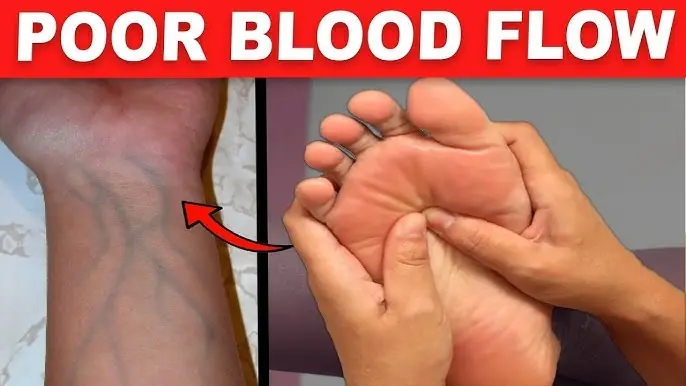
Your legs have a “second heart” — and one simple move can reactivate it fast

Did you know that you actually have two hearts working inside your body right now? It sounds unbelievable, but it’s absolutely true. While the heart in your chest takes most of the credit for keeping you alive, there’s another powerful pump working quietly in your legs — your calf muscle pump. This unsung hero of circulation is so vital to your overall health that physiologists often refer to it as your “second heart.”
Most people have no idea that this system even exists, much less how to wake it up and use it effectively. Yet, once you understand how it works — and how just five minutes a day can reactivate it — you’ll never look at your legs, or even your energy levels, the same way again.
Our Modern Problem: The Silent Shutdown of the Second Heart
In today’s world, we spend more time sitting than ever before — at desks, in cars, or scrolling on couches. This chronic stillness does more than make us feel stiff; it puts your second heart into a kind of deep sleep. When your calf muscles stop contracting regularly, your blood and lymphatic fluids begin to stagnate in your lower legs.
The result? Swollen ankles, cold feet, heavy or aching legs, and even mental sluggishness — all subtle warning signs that your circulation is compromised. Your body was designed for movement, and when gravity isn’t being countered by your calf pump, the consequences ripple upward through every organ system.
This article will reveal the fascinating science behind your “second heart” and teach you a simple daily exercise to awaken it. By adding this tiny habit to your routine, you can dramatically improve circulation, stabilize your blood sugar, sharpen your mind, and restore your vitality from the ground up.
Key Takeaways
-
You Have a ‘Second Heart’: Your calf muscles — mainly the soleus and gastrocnemius — act as a natural pump that pushes blood and lymph fluid back toward your heart.
-
Inactivity Is the Enemy: Sitting weakens this pump, leading to poor circulation, swelling, varicose veins, dizziness when standing, and other chronic issues.
-
Movement Is Medicine: A gentle, rocking motion between your heels and toes — done for just a few minutes daily — can restore healthy circulation.
-
The Benefits Reach Far Beyond the Legs: Activating your second heart can also help regulate blood sugar, lower blood pressure, improve brain function, and even strengthen your core.
1. What Is Your “Second Heart,” and How Does It Work?
Your calves contain two major muscles:
-
The gastrocnemius, the large, curved muscle visible on the back of your leg.
-
The soleus, a deeper, flatter muscle beneath it that does most of the endurance work.
While these muscles help you walk, run, and jump, their lesser-known role is as a secondary circulatory pump. When your heart sends oxygen-rich blood down to your legs, gravity resists its return journey upward. Without help, much of that blood would simply collect in your lower limbs.
Here’s where the magic happens: every time your calf muscles contract — even slightly — they compress the deep veins running through them. This mechanical squeeze pushes blood upward, assisted by tiny one-way valves that prevent it from flowing backward. It’s a beautifully efficient system: contraction pushes, relaxation refills, and the cycle continues — like a second heartbeat echoing in your legs.
Without this constant pumping action, blood stagnates, oxygen delivery falters, and tissues begin to feel fatigued or heavy. Over time, that stagnation can turn into disease.
2. The Hidden Dangers of an Inactive Calf Pump
When your second heart lies dormant, gravity wins. Blood and fluids begin to pool in the lower legs, leading to swelling, throbbing, and discomfort. You may notice your socks leave deep marks on your ankles or that your legs feel uncomfortably tight at the end of the day.
This condition — known as venous stasis — can gradually damage the delicate valves inside your veins, creating a vicious cycle that worsens over time. The result can be chronic venous insufficiency, varicose veins, and even deep vein thrombosis (DVT), a potentially life-threatening blood clot.
But it doesn’t stop there. A sluggish calf pump can also contribute to orthostatic hypotension, that sudden dizzy feeling when you stand up too quickly. When the muscles aren’t helping push blood upward, your brain experiences a brief drop in oxygen supply. Over months or years, this poor circulation can also reduce nutrient delivery to your nerves and skin, accelerating fatigue, cognitive fog, and even premature aging in your legs.
3. The Simple Five-Minute Exercise to Activate Your Second Heart
The good news is that reawakening this system doesn’t require fancy equipment or long workouts. You can start right now — standing in your kitchen, office, or even while brushing your teeth.
Standing Version:
-
Stand tall and lightly hold a wall or chair for balance.
-
Rise slowly onto the balls of your feet, lifting your heels as high as comfortable. Feel your calves tighten. Hold for three seconds.
-
Lower your heels back to the floor.
-
Immediately rock backward, lifting your toes so only your heels touch the ground. Hold for another three seconds.
-
Return to a flat-footed position — that’s one repetition.
Perform 15–20 repetitions, for 2–3 sets daily. The motion doesn’t need to be fast; slow, mindful contractions create the strongest pump.
Seated Version:
If you have balance issues or limited mobility, you can perform the same exercise while sitting.
-
Keep your feet flat on the floor.
-
Lift your heels, hold for three seconds, then lower and lift your toes.
-
You can gently press your hands on your calves to feel the muscles working beneath the skin.
Just a few minutes of this “toe-heel rocking” can restart circulation, refresh your legs, and re-energize your mind.
4. The Metabolic Miracle: How the Soleus Helps Control Blood Sugar
Beyond circulation, your soleus muscle has an astonishing metabolic power that researchers are only beginning to fully understand. It has a unique ability to draw glucose directly from the bloodstream — without needing insulin. This process, known as non-insulin-mediated glucose uptake, makes the soleus an invaluable tool in combating insulin resistance and metabolic disease.
For millions dealing with pre-diabetes or type 2 diabetes, this is revolutionary. Most cells in the body rely on insulin to absorb glucose, but the soleus can operate independently. When you activate it regularly, you’re essentially giving your body an alternative way to control blood sugar naturally.
In one study, participants who performed slow, continuous soleus contractions experienced significant reductions in blood glucose and fat levels — even while sitting. In short, your calf exercise isn’t just helping your legs; it’s tuning your metabolism on a cellular level.
5. Boosting Brainpower and Balancing Blood Pressure
The benefits of activating your second heart reach far beyond the lower body. As your circulation improves, more oxygen-rich blood flows to your brain. This increased perfusion enhances mental clarity, focus, and memory. Many people report that just a few minutes of calf-pump movement reduces that foggy, tired feeling that comes from sitting too long.
In addition, this rhythmic motion stimulates baroreceptors — tiny pressure sensors in your blood vessels that regulate blood pressure and heart rate variability. When these sensors are well-tuned, your cardiovascular system adapts more smoothly to stress, both physical and emotional. Over time, this contributes to steadier blood pressure, better stress resilience, and a stronger nervous system overall.
6. A Whole-Body Tune-Up: Strength, Detox, and Vitality
Though it starts in your calves, the benefits cascade through your entire body. Standing versions of the exercise subtly engage your core and postural muscles, improving balance and stability.
Meanwhile, the improved return of blood and lymph fluid helps your kidneys filter waste, your liver process toxins, and your lymphatic system carry away cellular debris more efficiently. Your organs receive more oxygen, your immune defenses become sharper, and you feel more vibrant throughout the day.
Think of it as a full-body reboot triggered by a few small movements. You’re not just strengthening your legs — you’re awakening the internal systems that keep every cell nourished and alive.
Conclusion: Reclaiming Your Natural Energy — One Step at a Time
Your body is a masterpiece of interconnected systems, and your “second heart” is proof of that elegant design. You don’t need expensive equipment or hours at the gym to restore circulation and vitality. All it takes is mindful movement — a few minutes of heel-to-toe rocking each day — to remind your body of what it already knows: how to heal, energize, and thrive.
You’ll notice your legs feel lighter, your feet warmer, and your mind clearer. The simple act of reawakening your second heart can change the way you experience your body from the ground up. Sometimes, true transformation doesn’t come from doing more — it comes from doing what matters most, with awareness and consistency.
So stand up, take a breath, and give your second heart the rhythm it deserves. Your whole body will thank you.
News in the same category

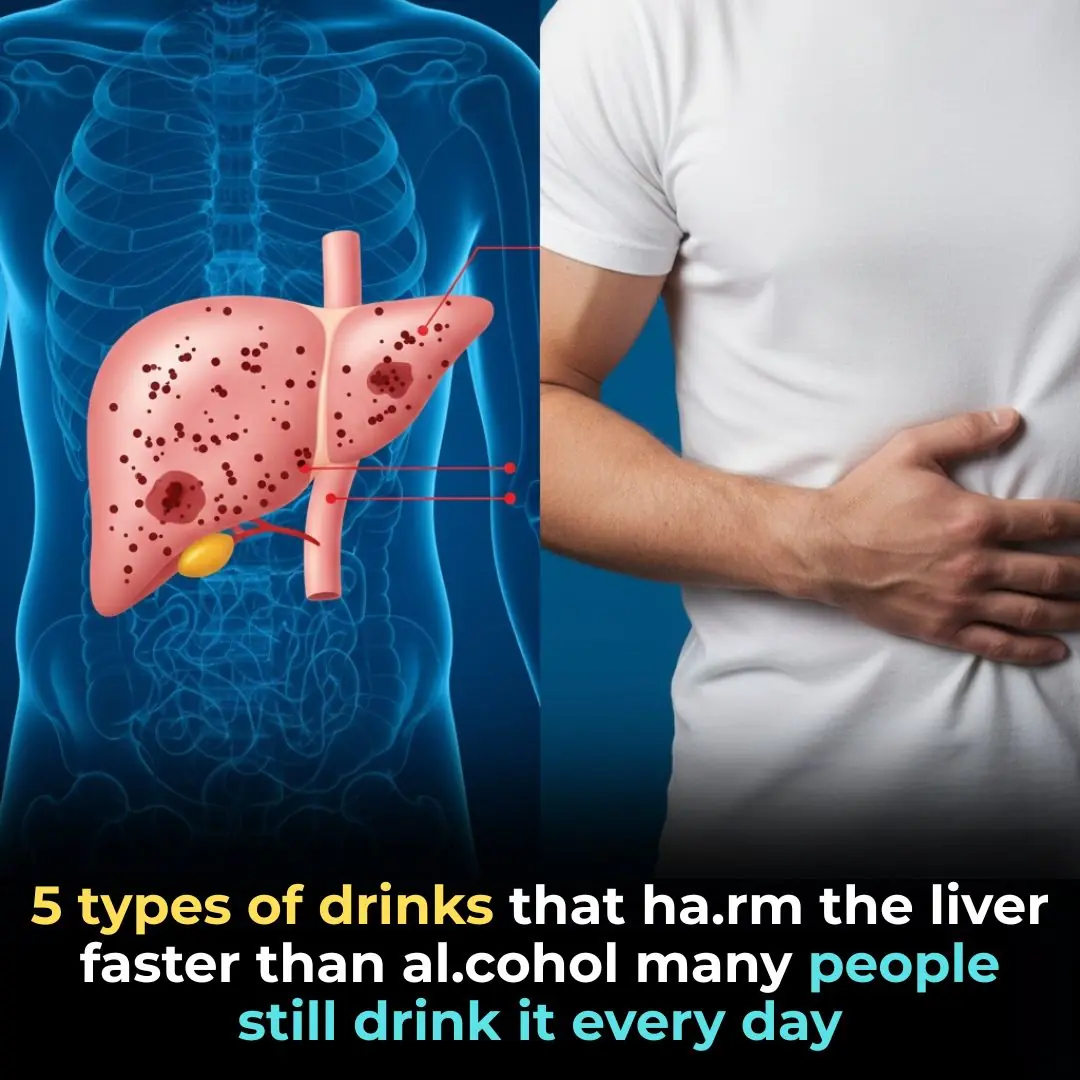
Common Drinks That Can Be Bad for Your Liver
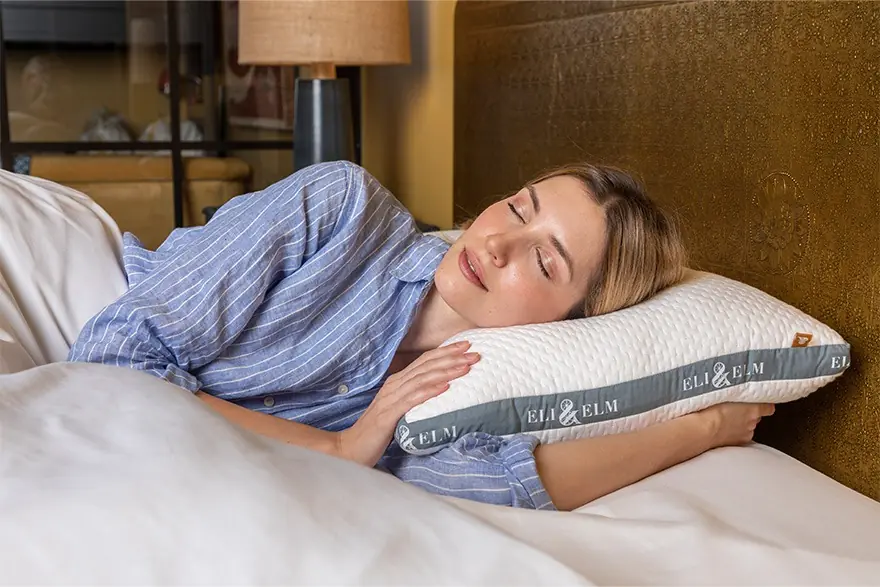
Do you sleep on your side? Here's the powerful effect one simple change can have on your body
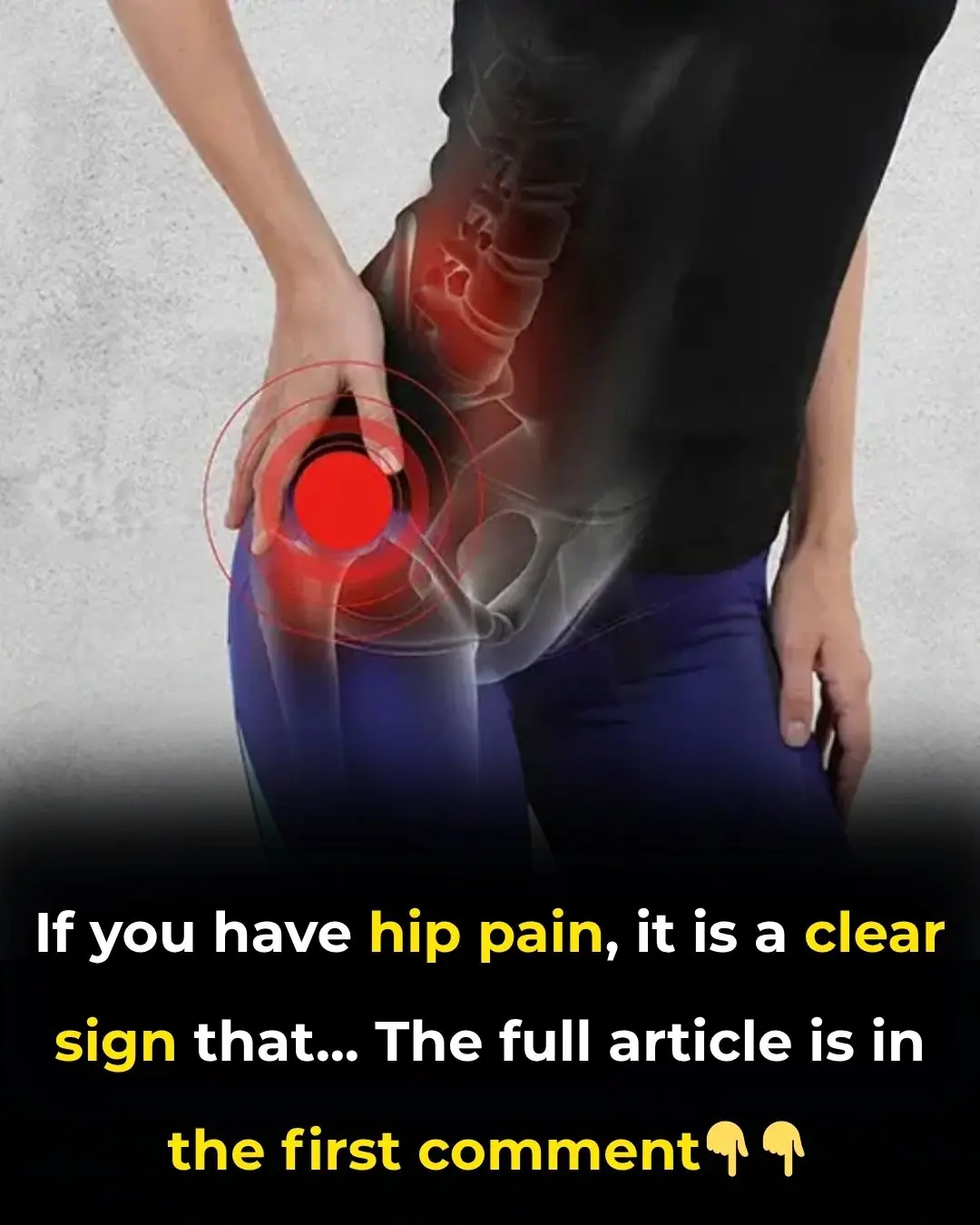
🦴 Hip Pain: What Does It Mean? Common Causes & When to Seek Help

🌙 9 Signs of Diabetes That Appear at Night — What You Should Know
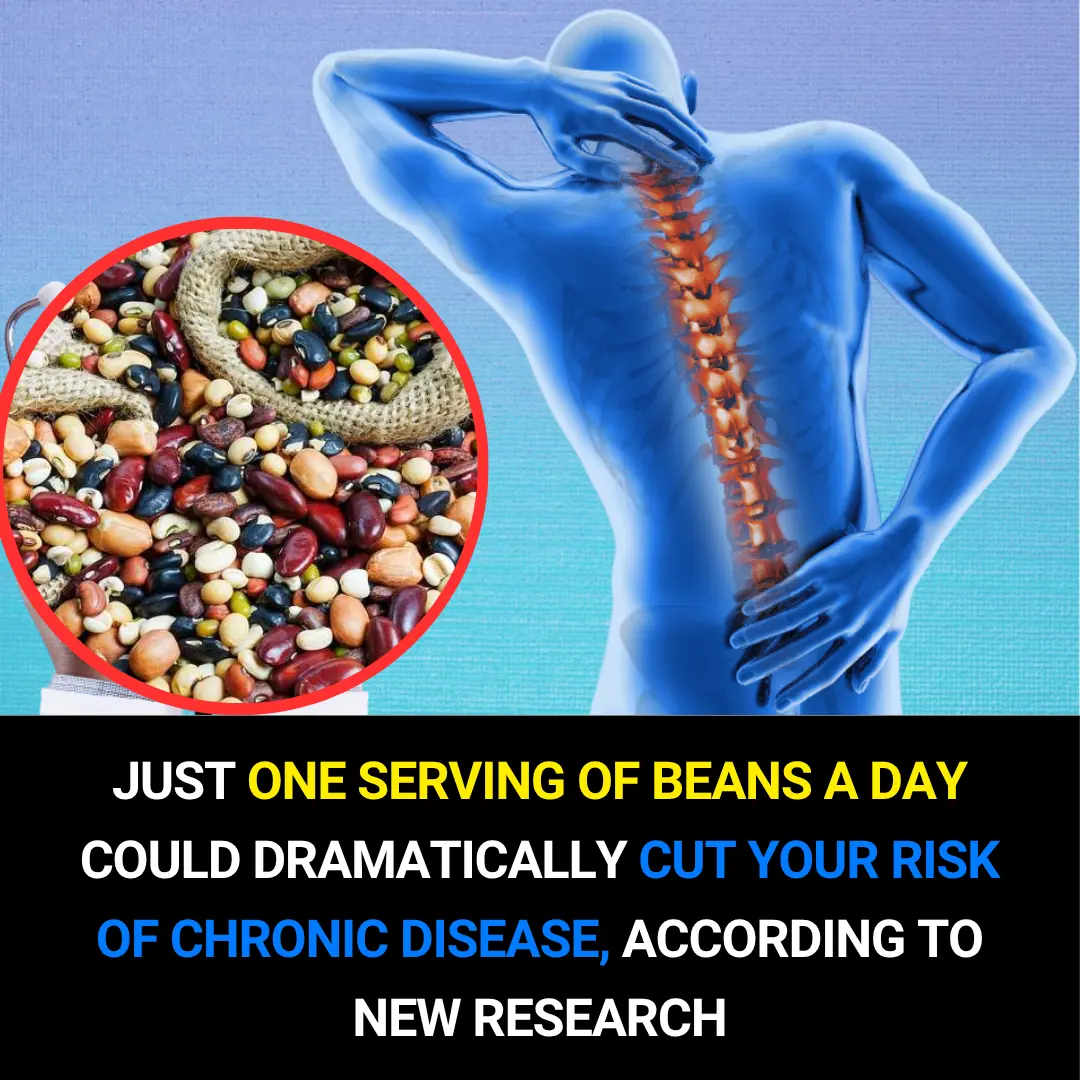
Eating Beans Daily Slashes Your Risk of Heart Disease and Diabetes, Study Finds
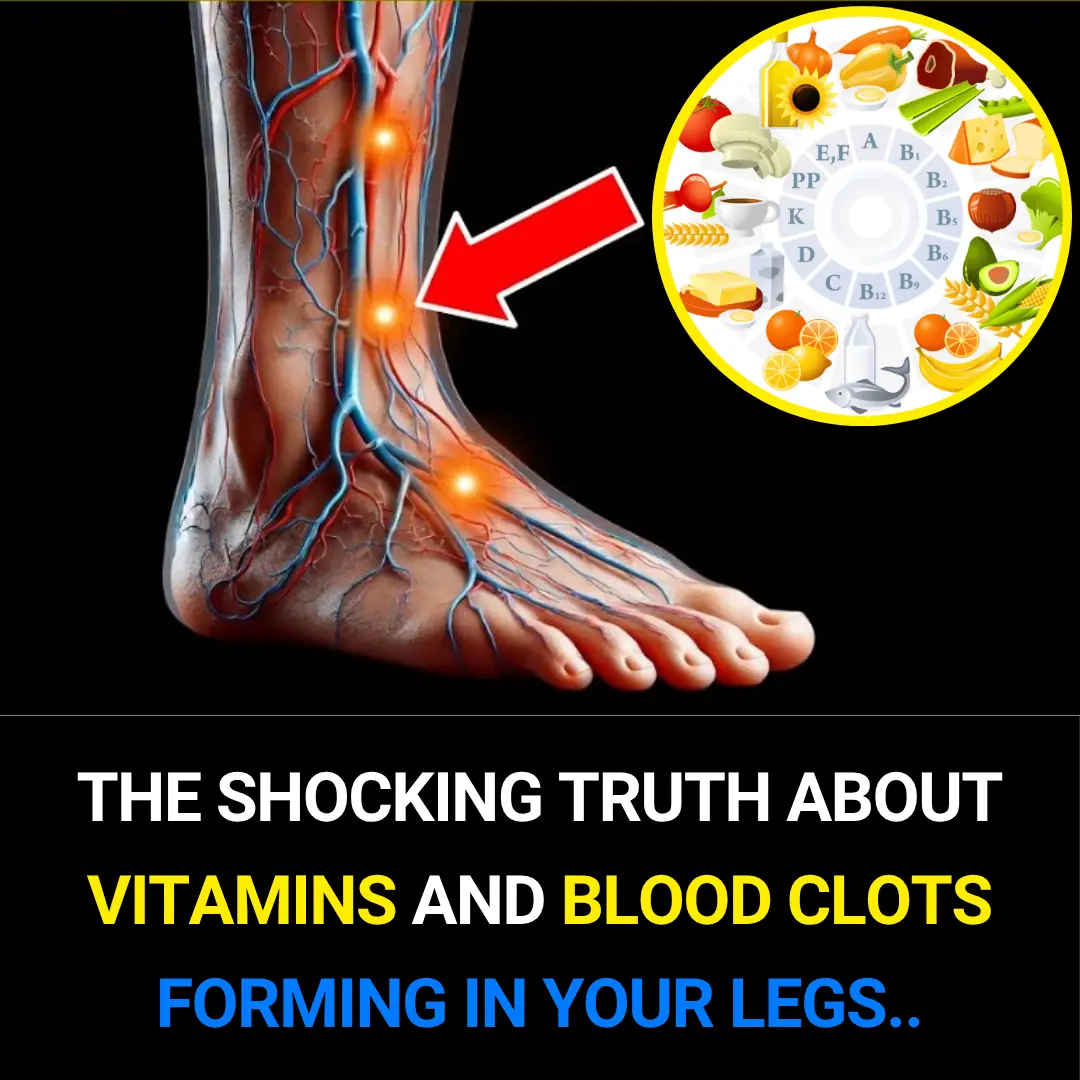
The Shocking Truth About Vitamins and Blood Clots in Your Legs
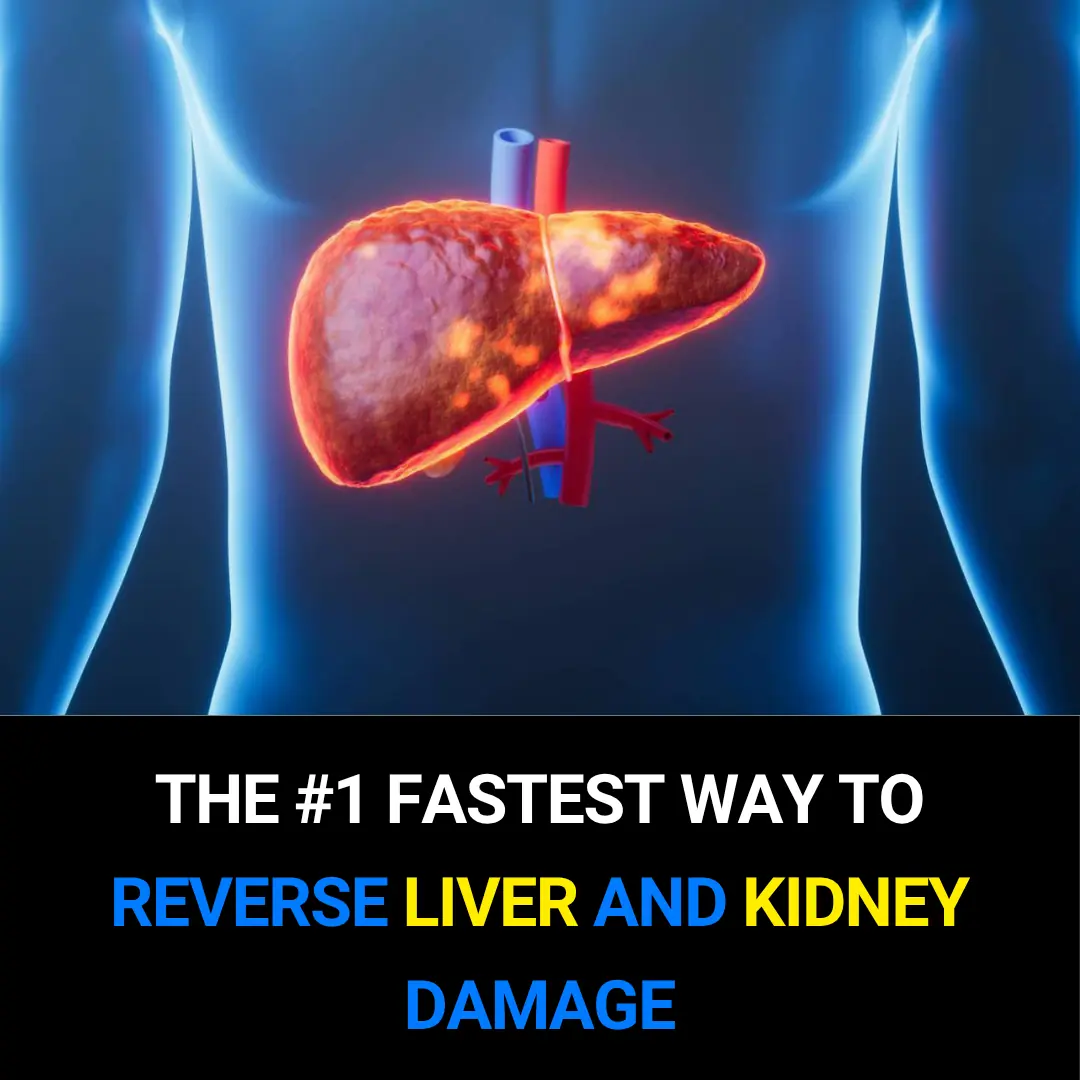
The #1 Fastest Way to Reverse Liver and Kidney Damage
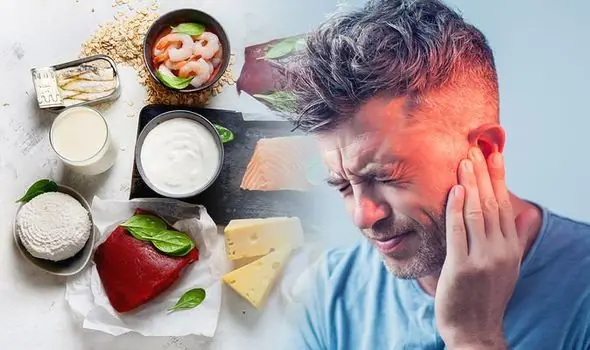
Health Problems That Improve with Vitamin B12 (and How to Use It)
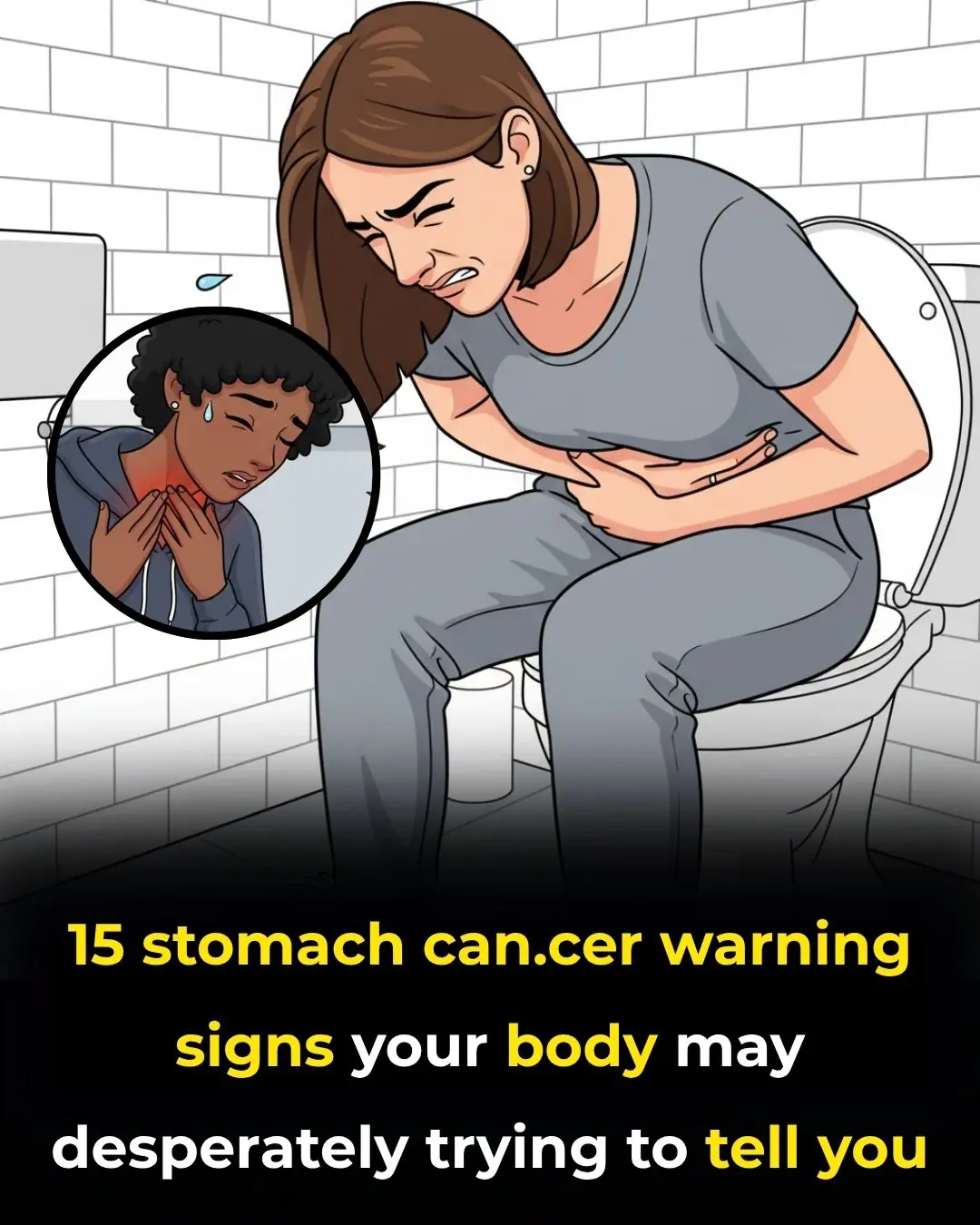
Stomach Can-cer: The “Silent Disease” You Shouldn’t Ignore
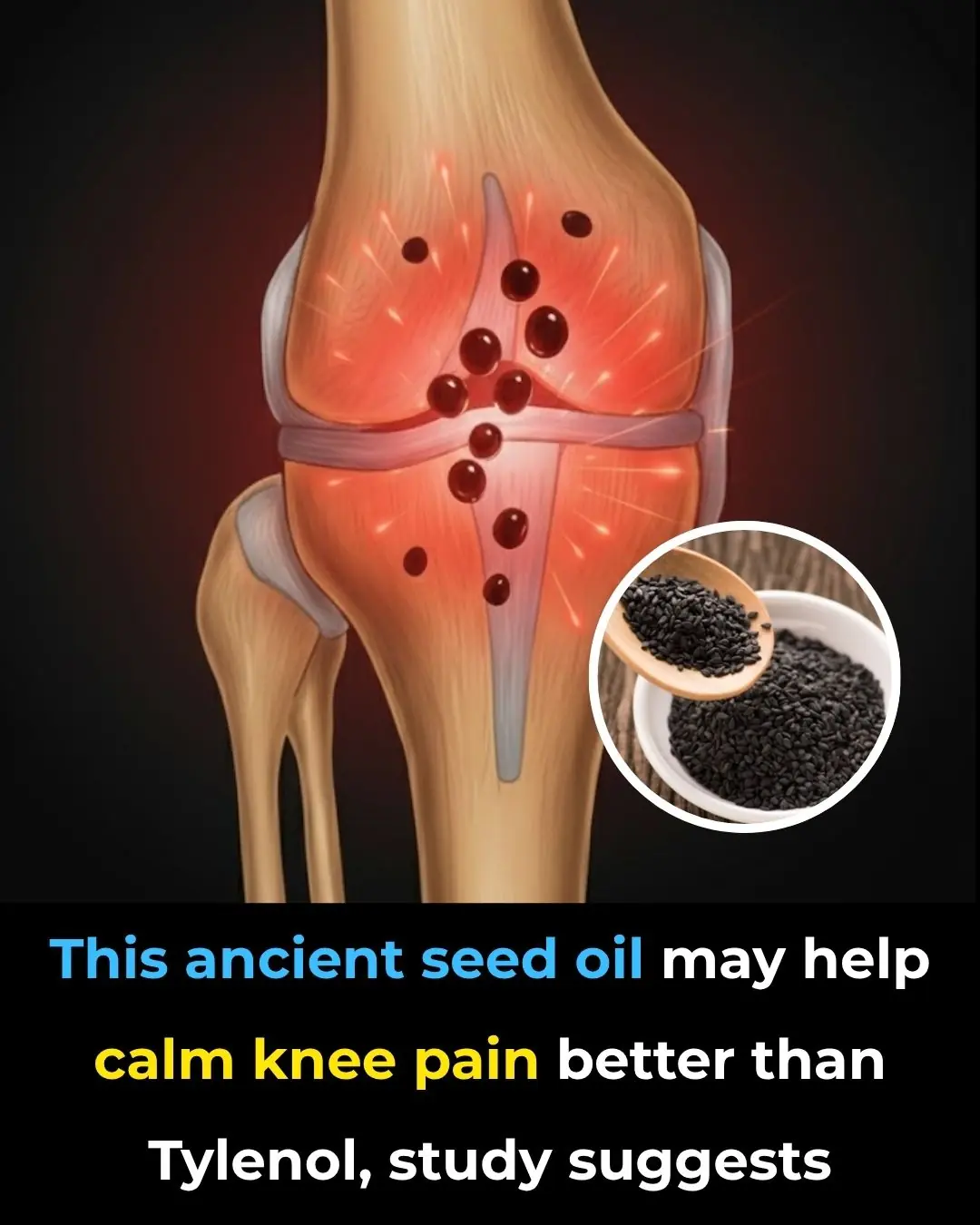
This ancient seed oil may help calm knee pain better than Tylenol, study suggests
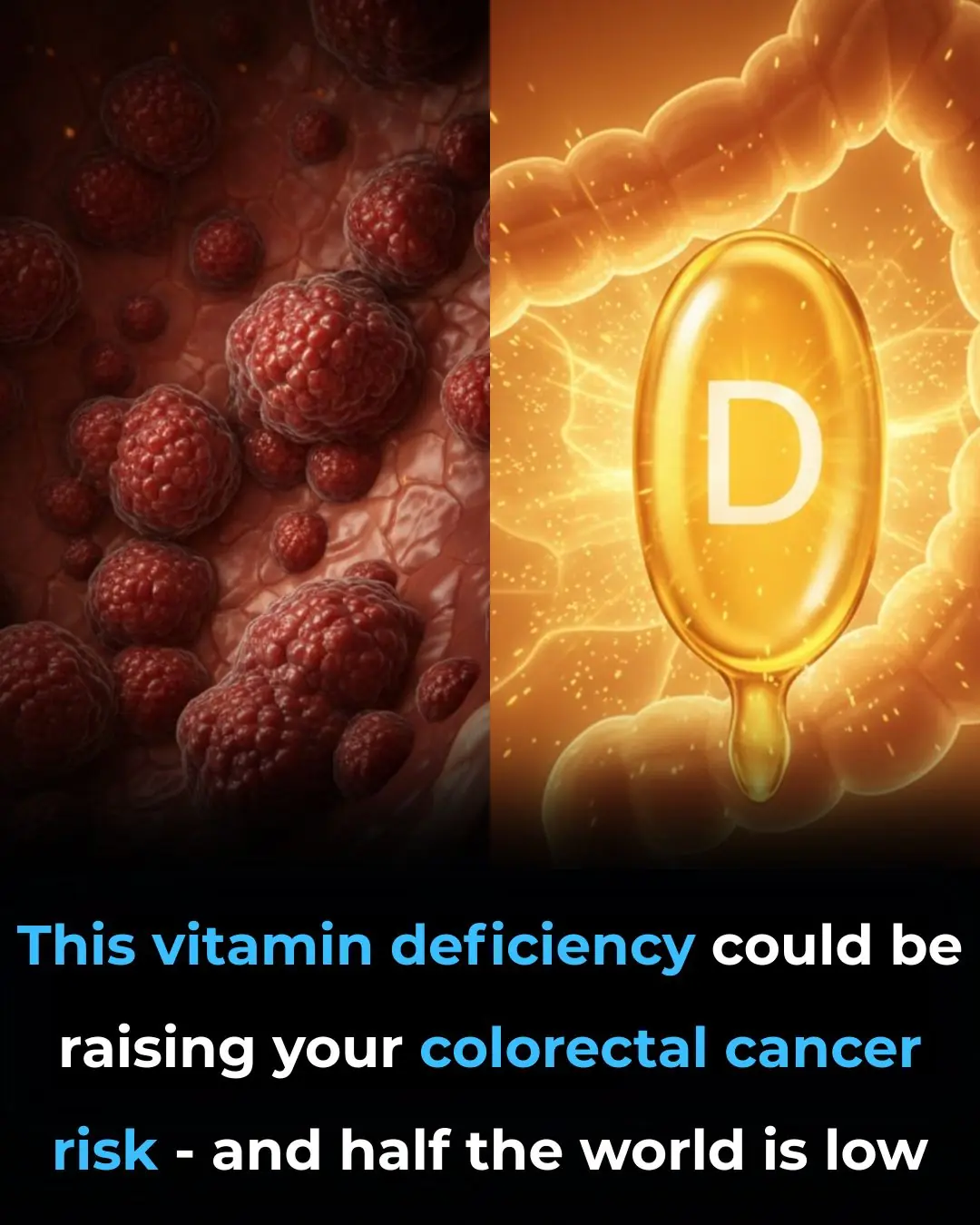
This vitamin deficiency could be raising your colorectal cancer risk — and half the world is low

Tomato Extract: Better And Safer Blood Thinner Than Aspirin

12 warning signs of heart failure you should never ignore
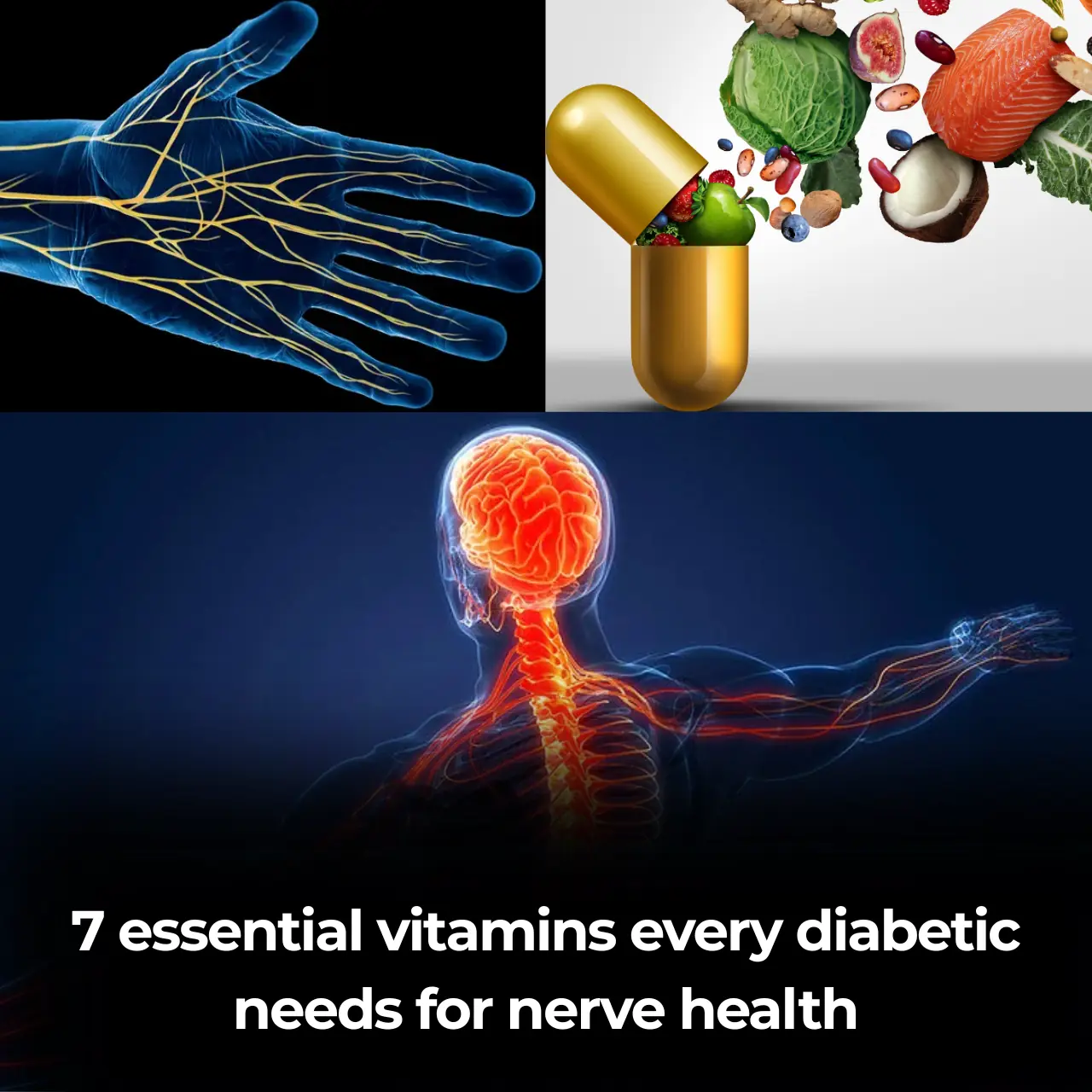
7 essential vitamins every diabetic needs for nerve health
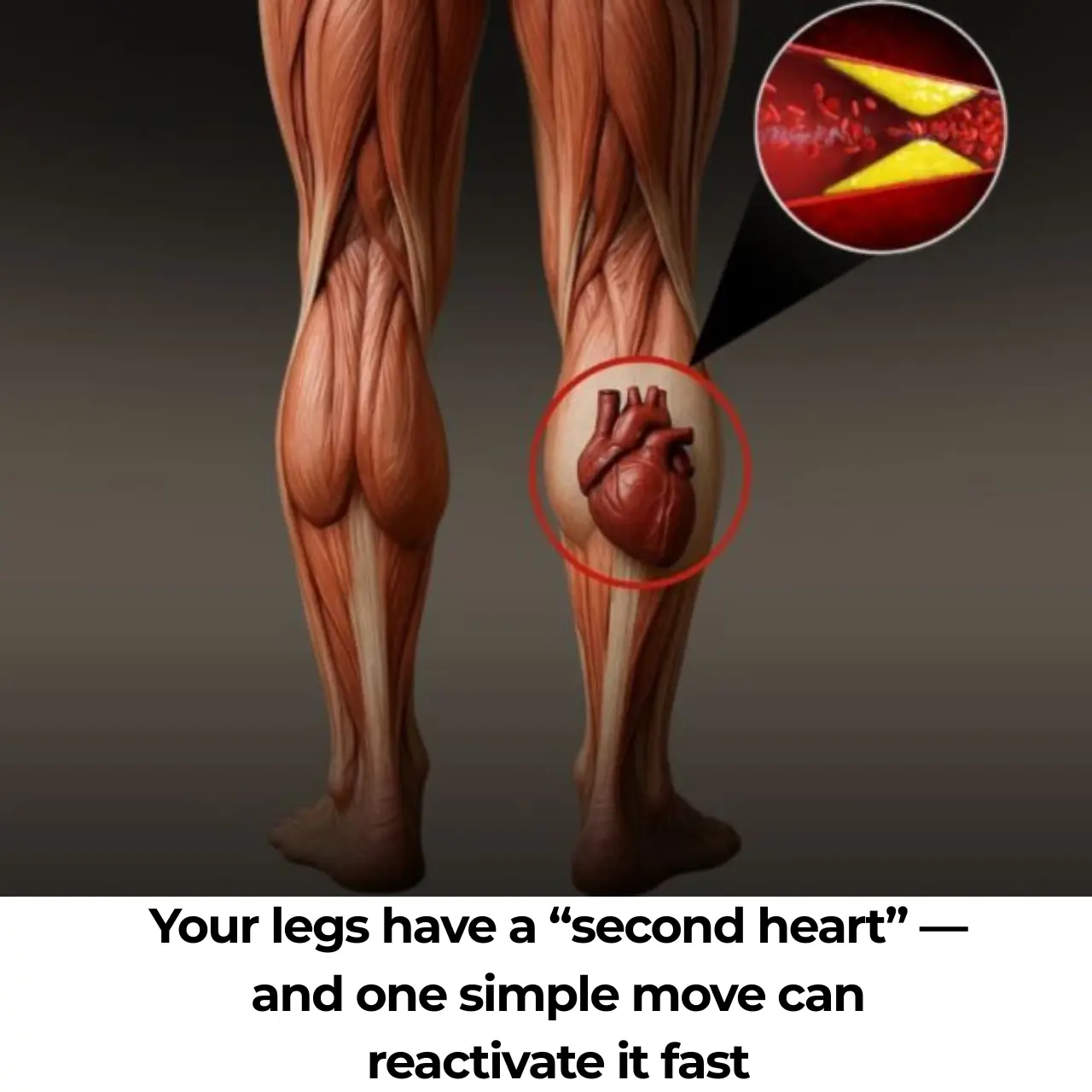
Your legs have a “second heart” — and one simple move can reactivate it fast

Why You Should Start Using Coconut Oil as a Toothpaste
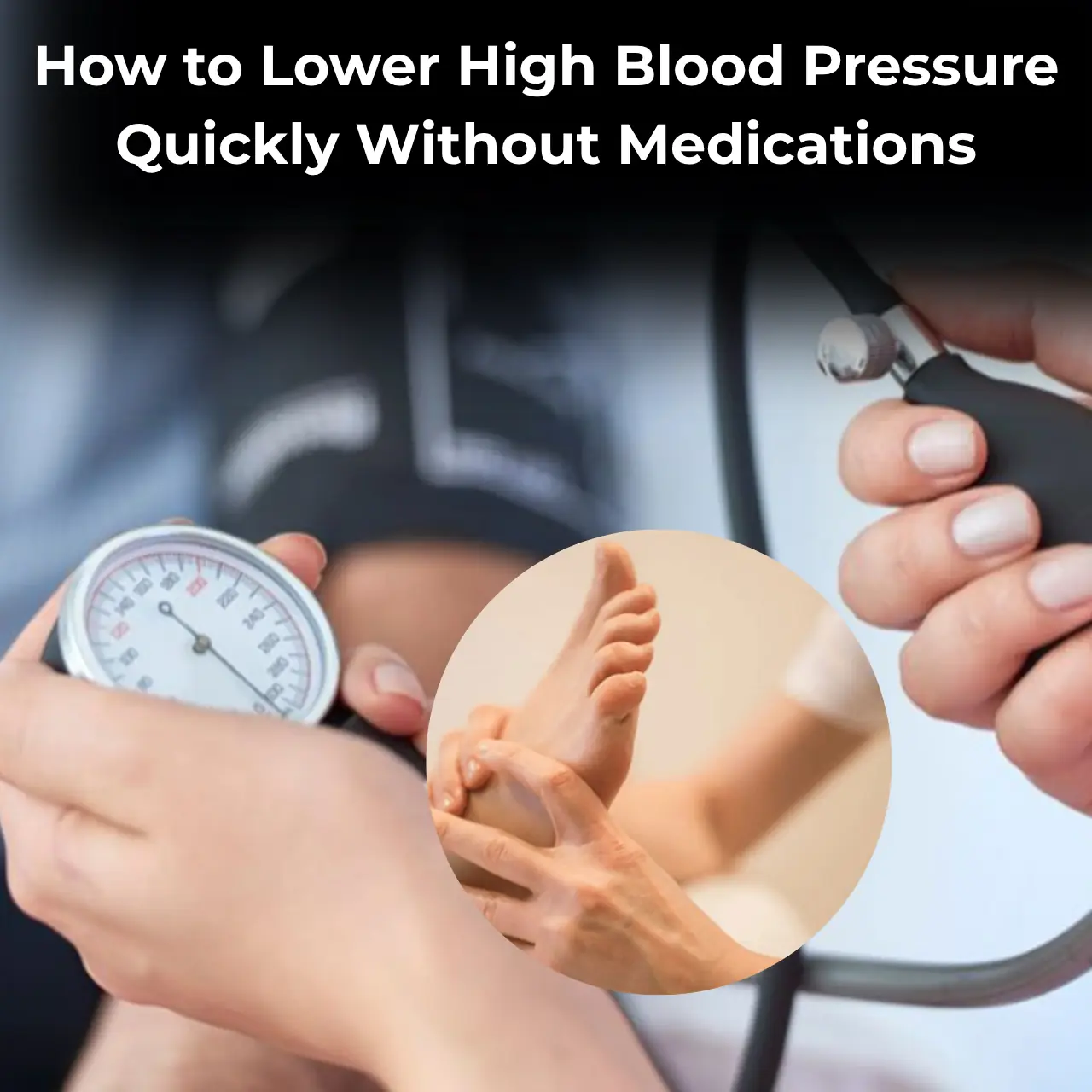
How to Lower High Blood Pressure Quickly Without Medications (Evidence Based)
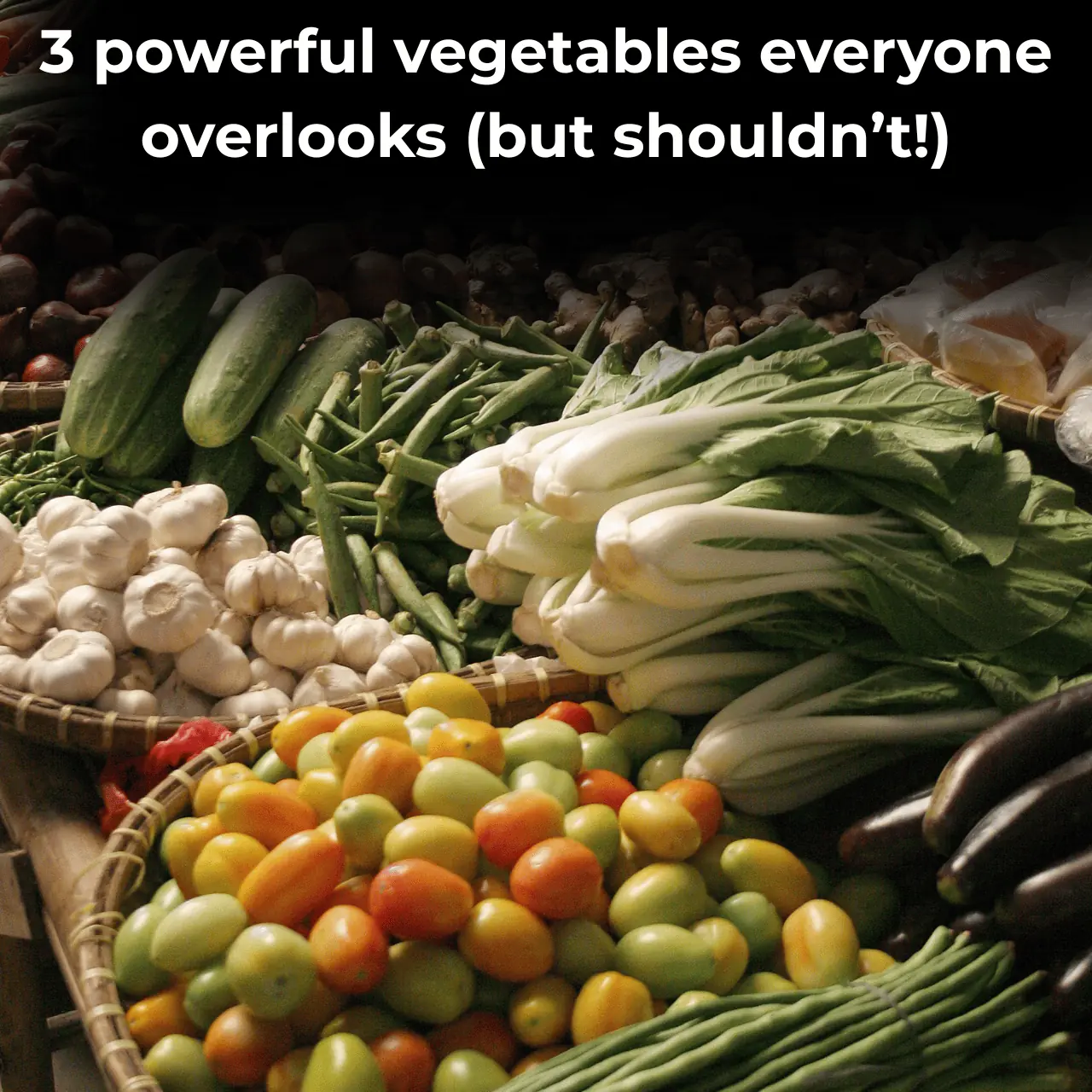
3 powerful vegetables everyone overlooks (but shouldn’t!)
News Post
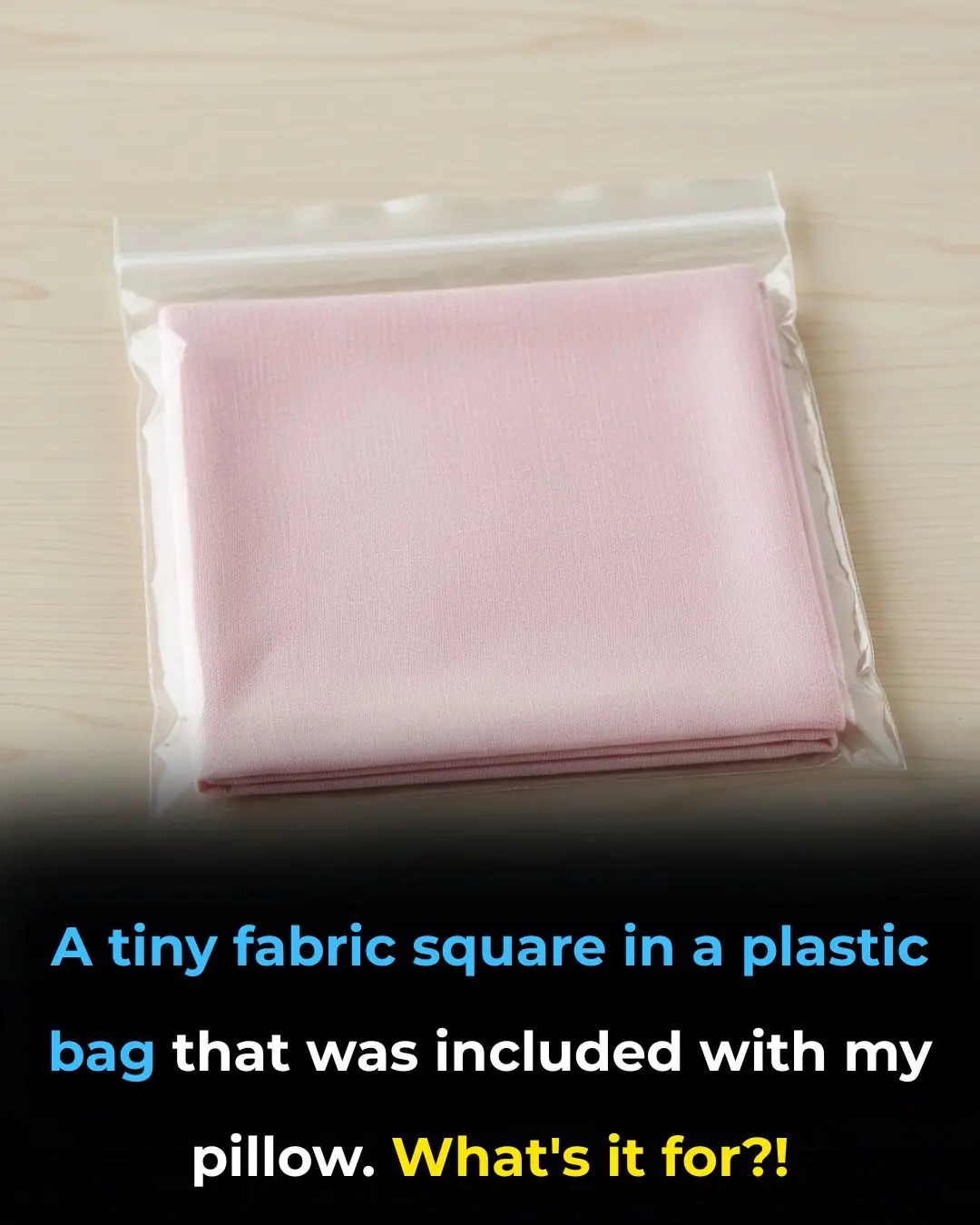
I had no idea

Poor circulation? Simple foods that can get your blood moving again naturally

Count The Squares

Common Drinks That Can Be Bad for Your Liver

Do you sleep on your side? Here's the powerful effect one simple change can have on your body

My nana taught me this hack to de-stink the microwave in 3 mins with 0 work. Here’s how it works

So clever
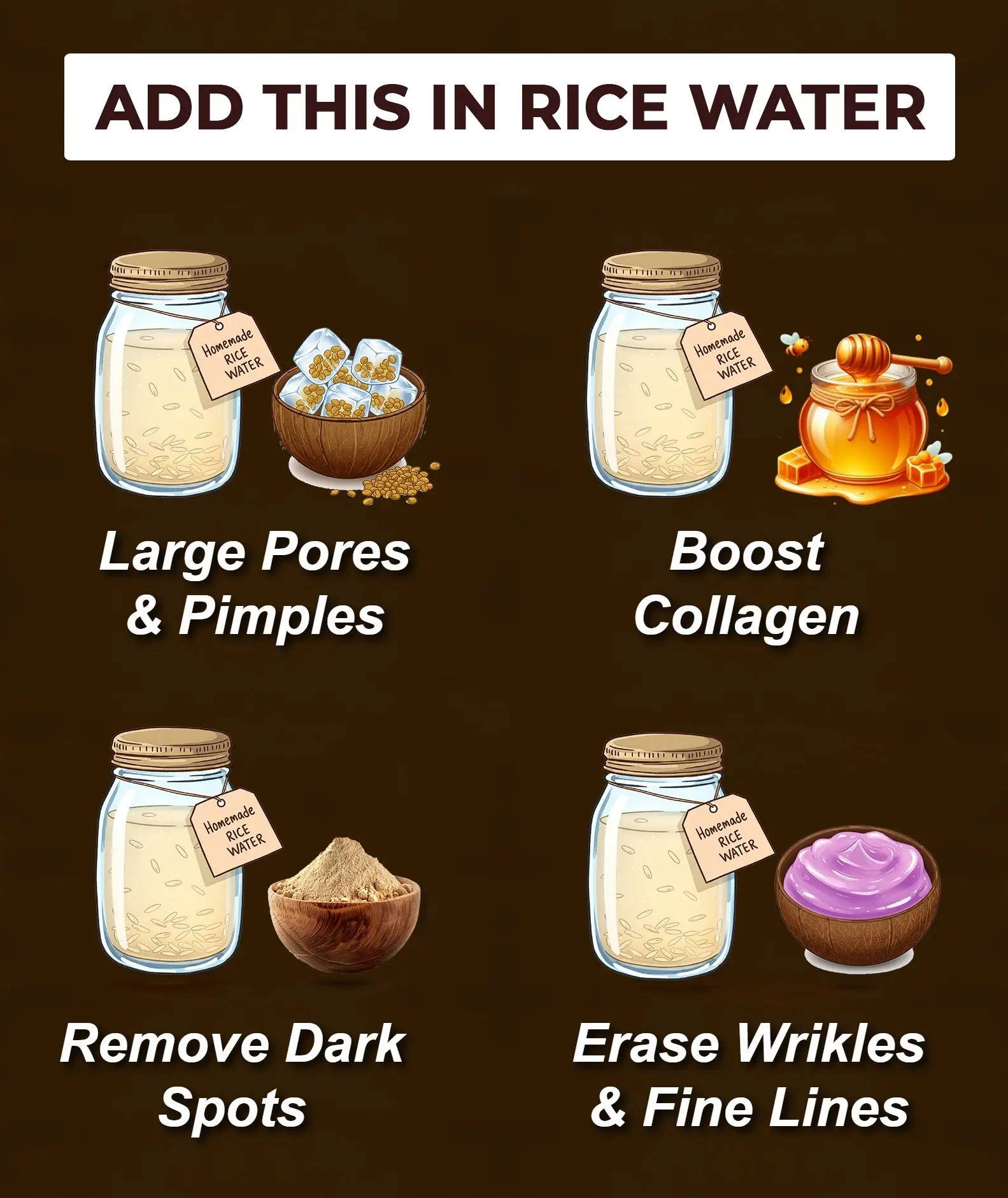
Homemade Rice Water for Skin: Amazing Recipe for Glowing and Youthful Skin

Natural Botox Drops – Secret of Younger Looking Skin
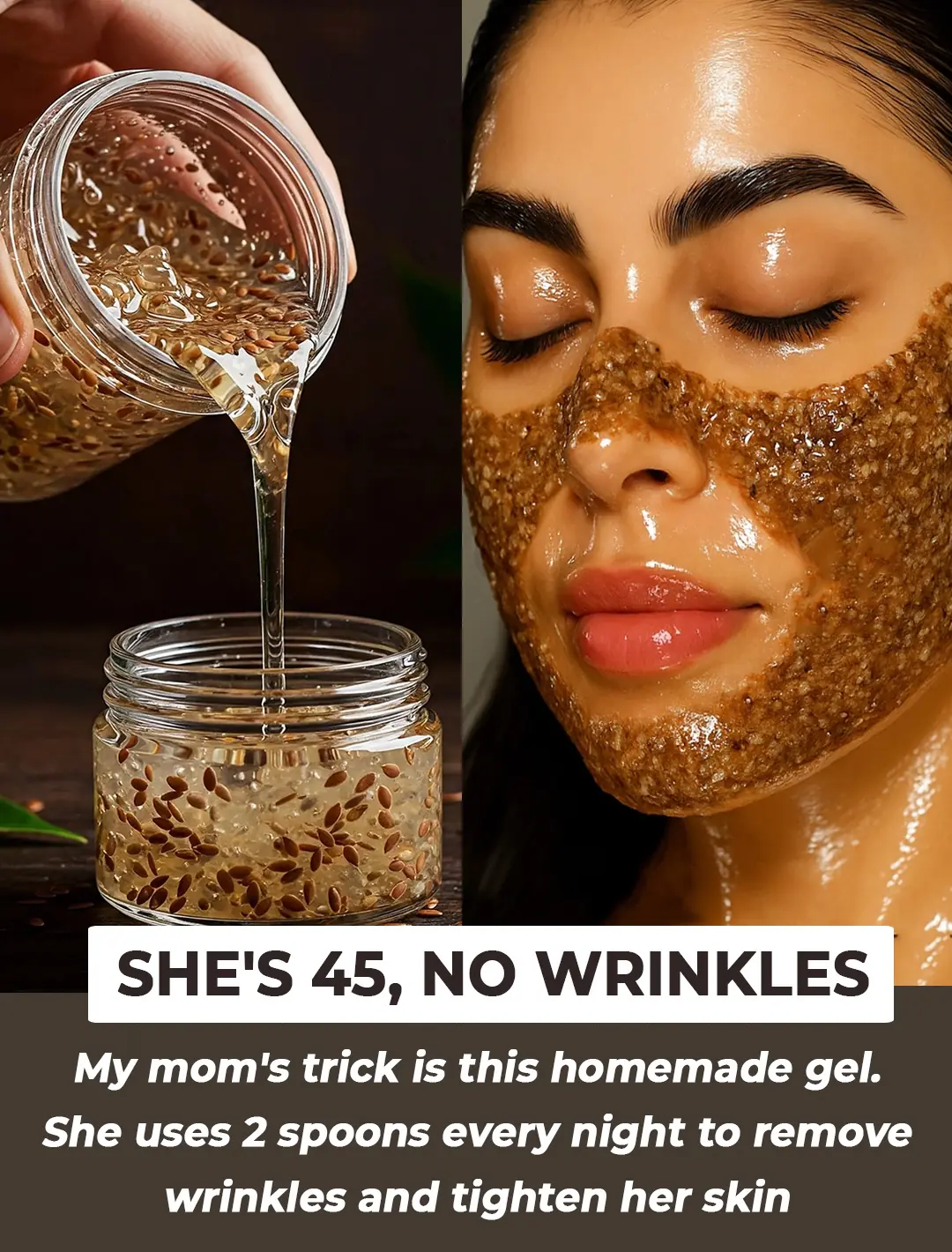
DIY Flaxseed Gel for Glowing Skin: The Natural Solution to Hydrated and Youthful Skin

Easy Recipe to Make ABC Collagen Ice Cubes at Home: The Secret to Glowing, Firm Skin

DIY Turmeric Gel For Ageless Skin: Unlock the Secrets of Radiant and Youthful Complexion
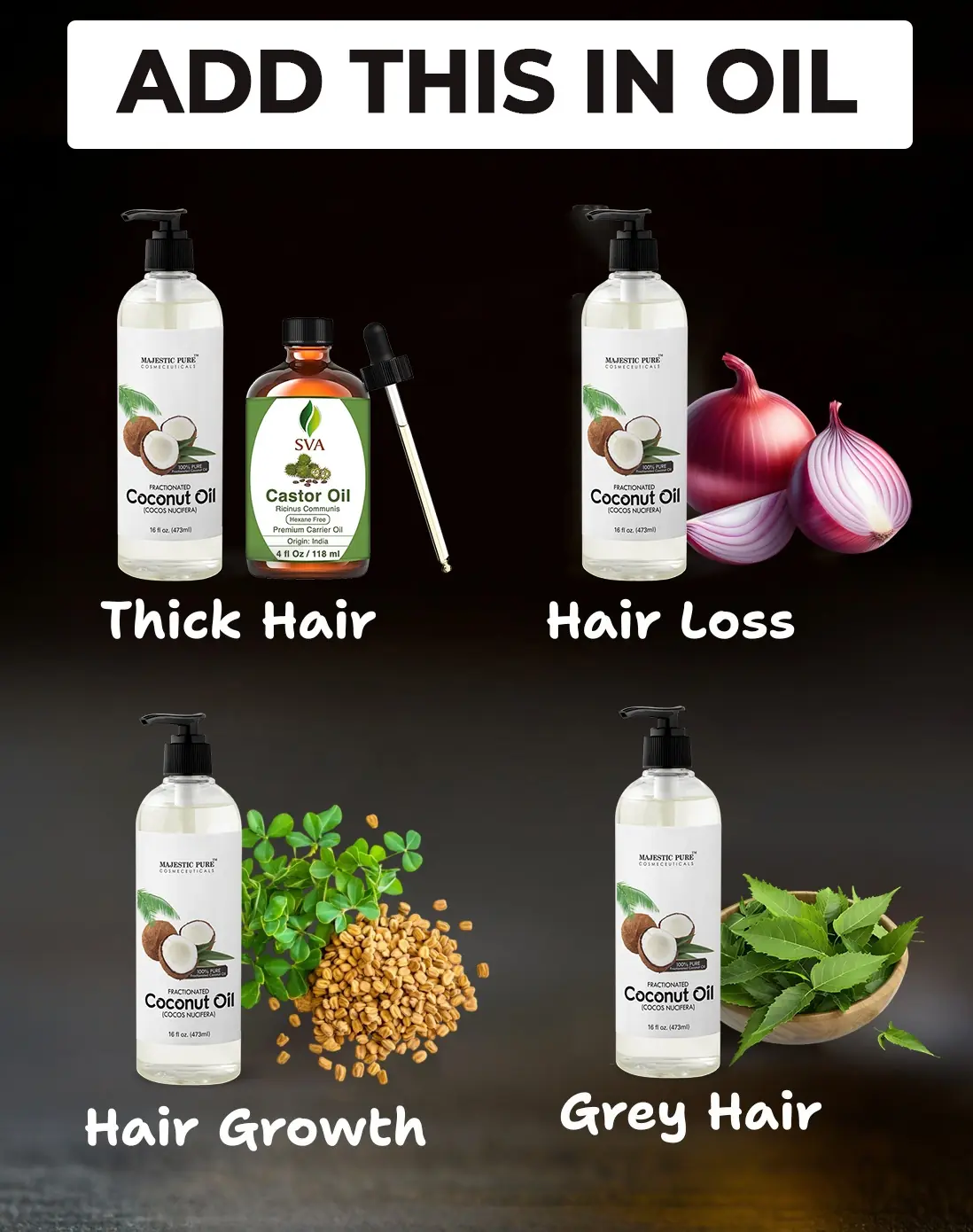
Add This in Your Hair Oil for Healthy, Lustrous Hair

The Ultimate Guide to Homemade Carrot Oil for Glowing, Youthful Skin
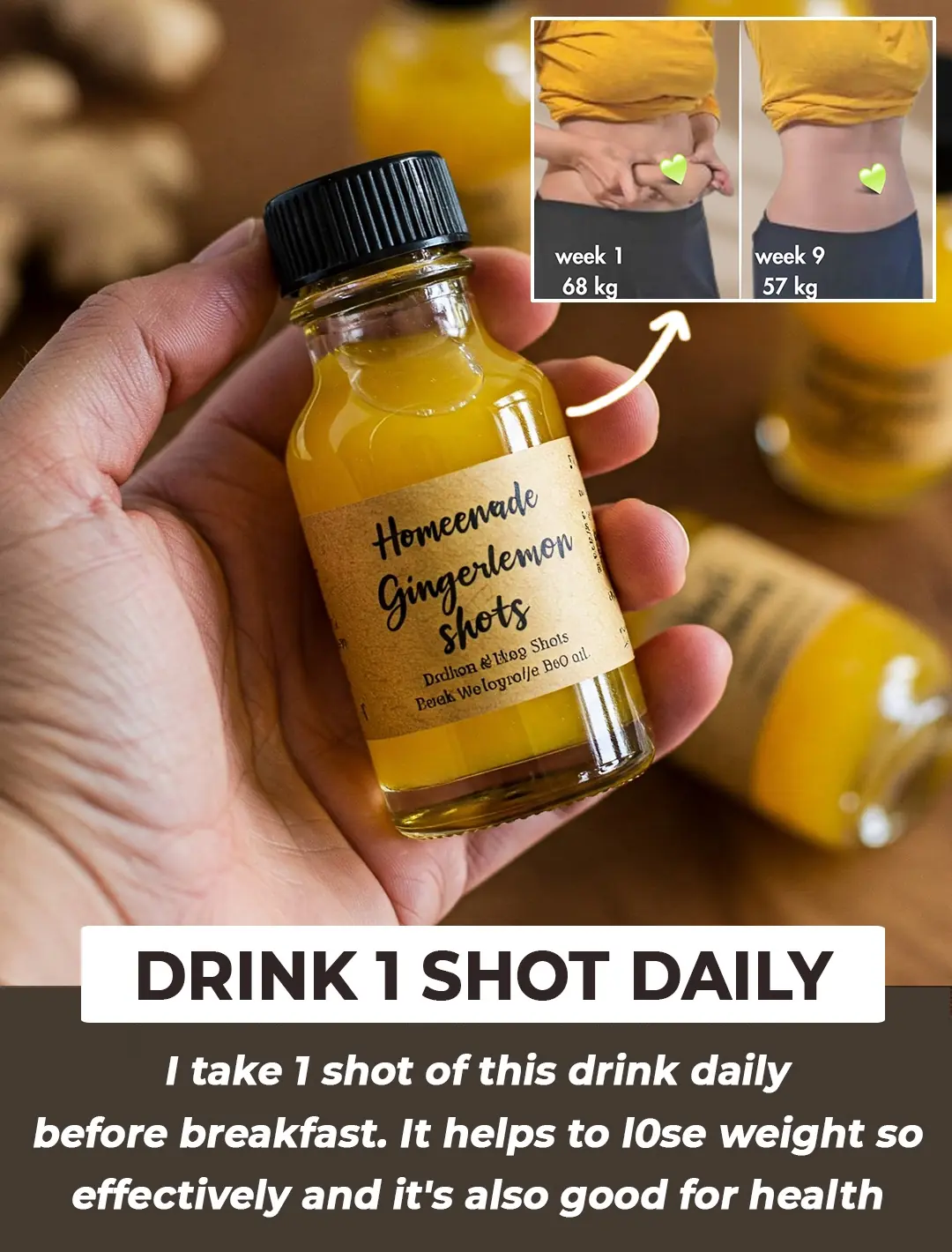
Homemade Ginger Lemon Shot: Your Natural Ally for Effective Weight Loss
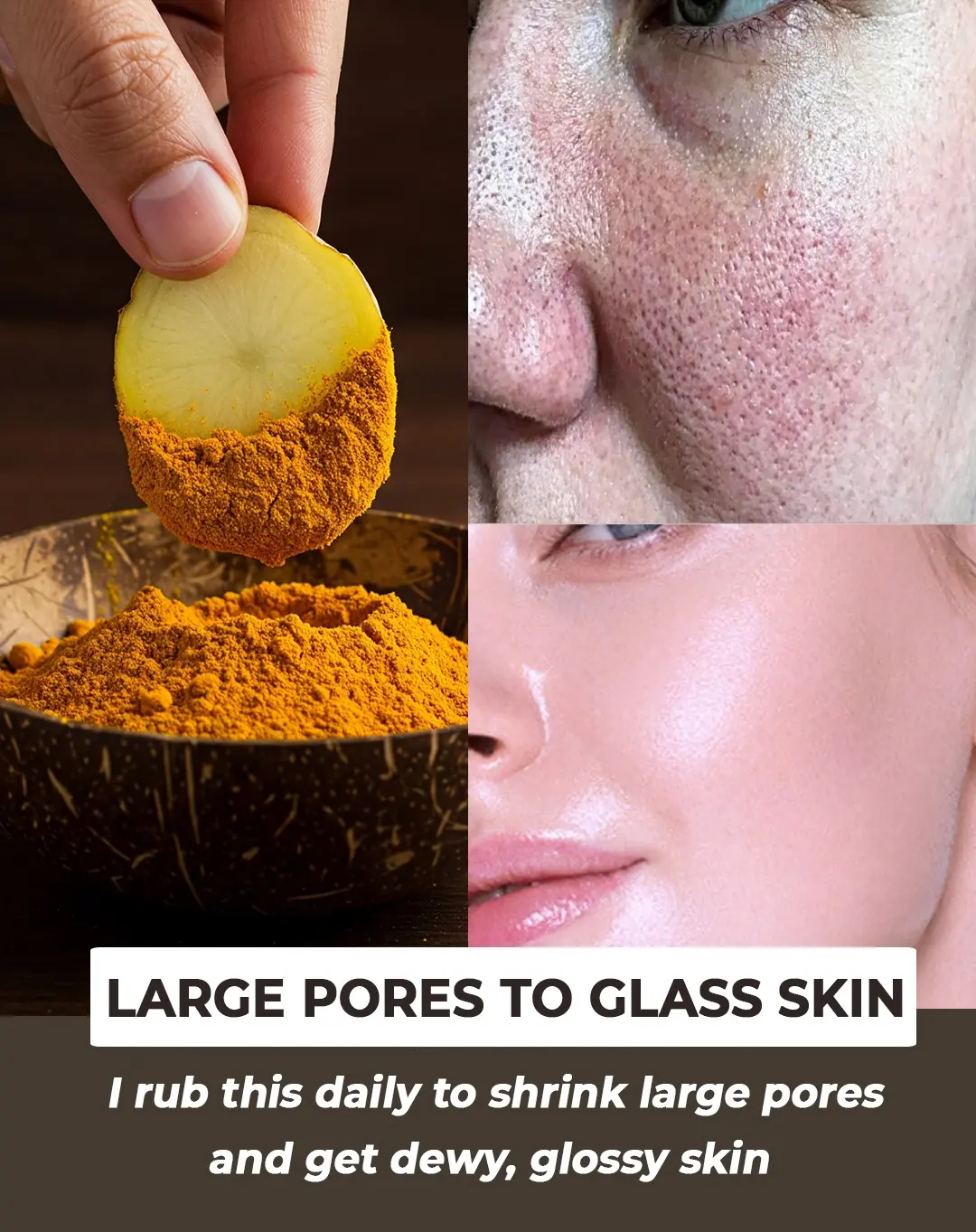
Potato Treatment For Dark Spots & Large Pores
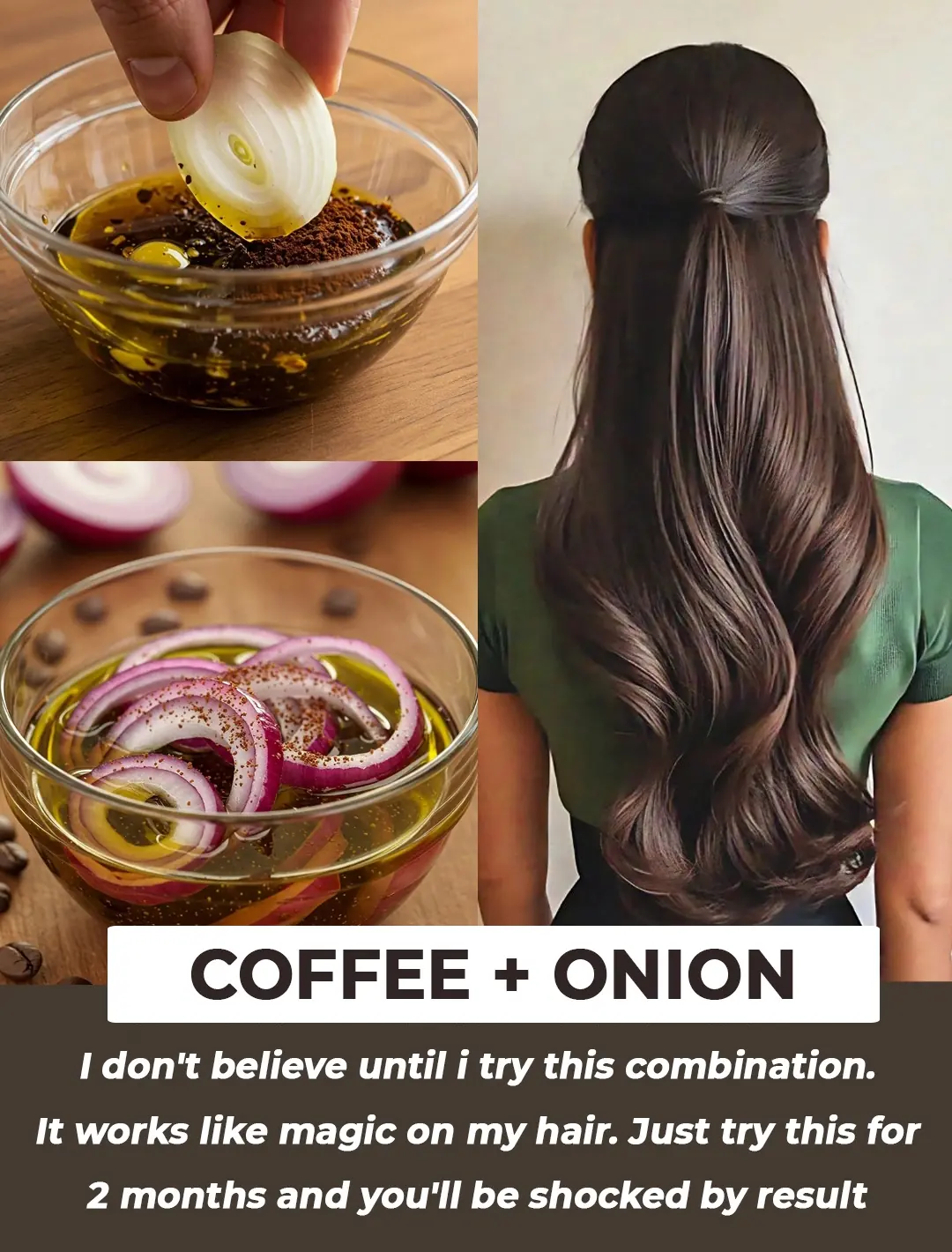
Add Onion and Coffee to Your Hair—The Results Might Shock You
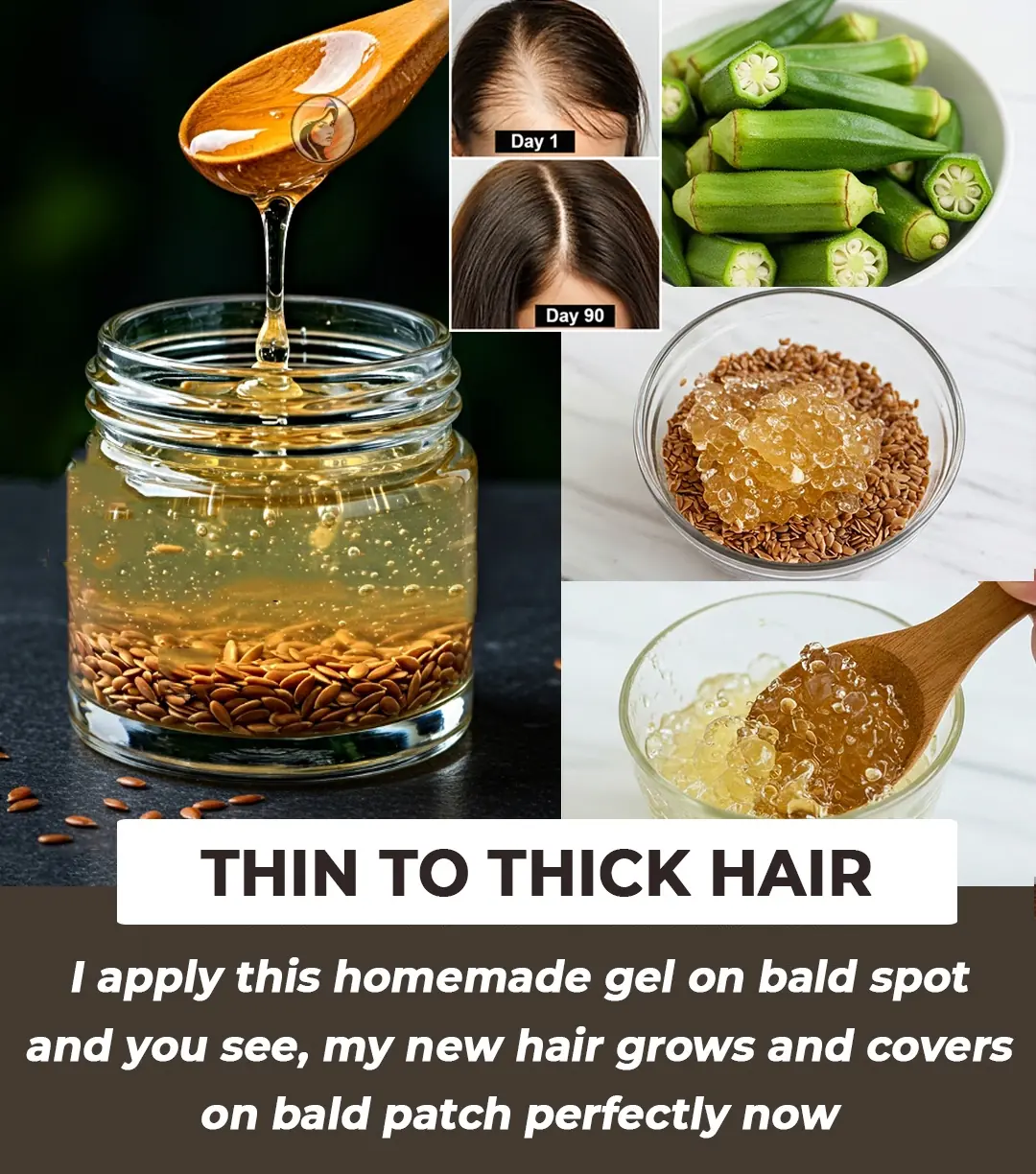
DIY Flaxseed Gel & Okra Hair Gel For Hair Growth & Frizzy Hair

2 Mins Black Shampoo For Grey Hair
